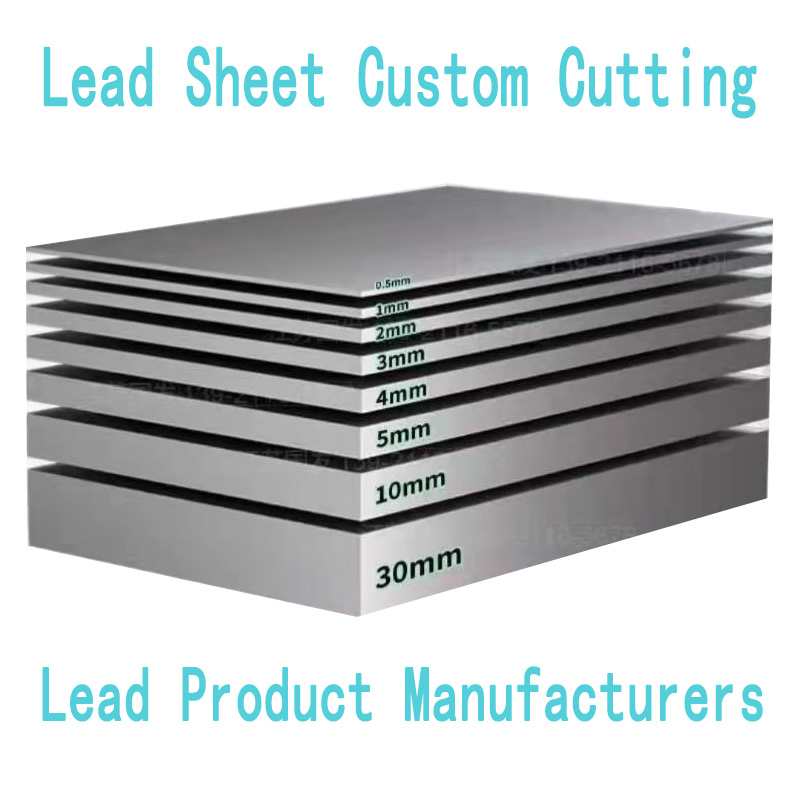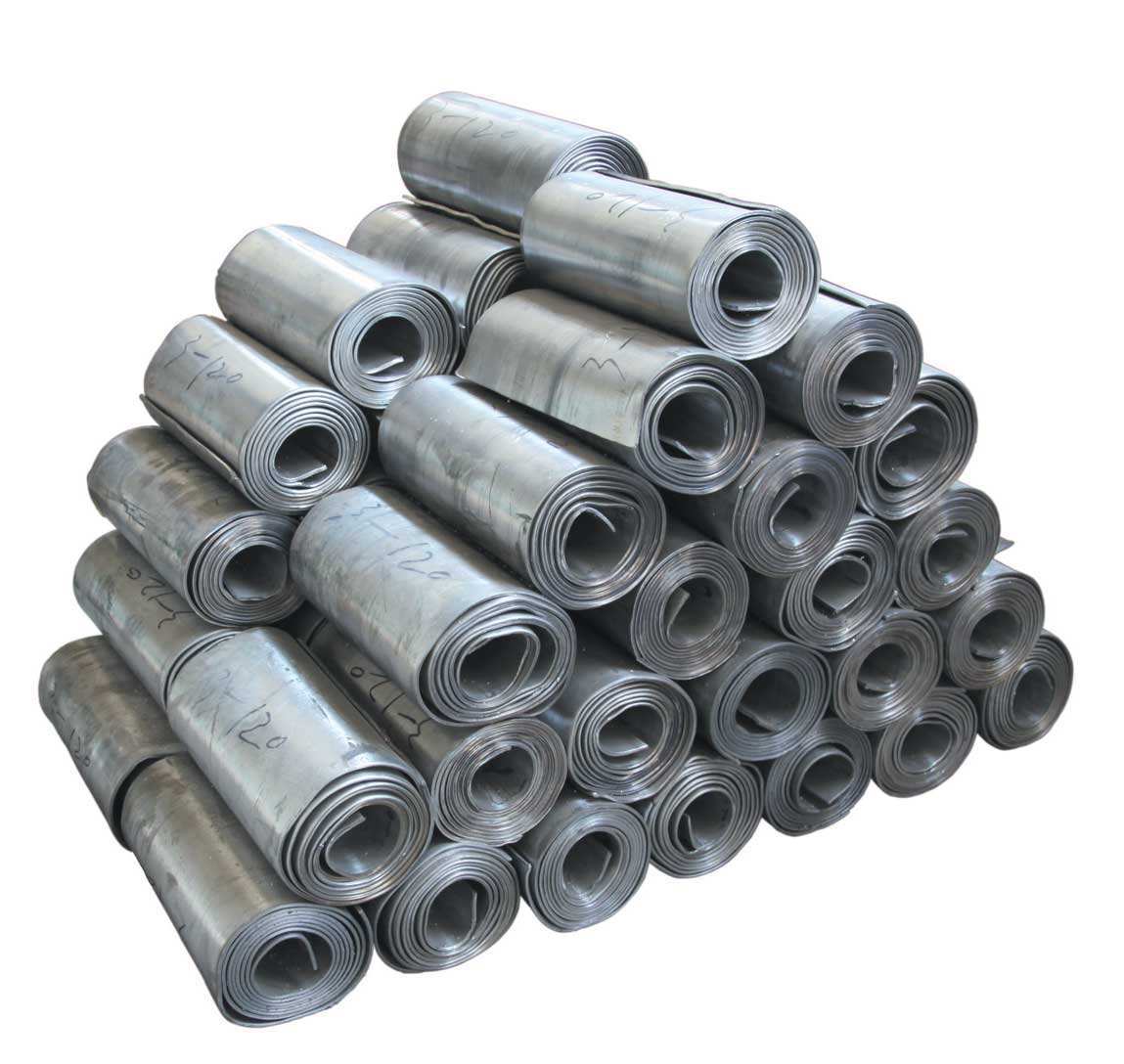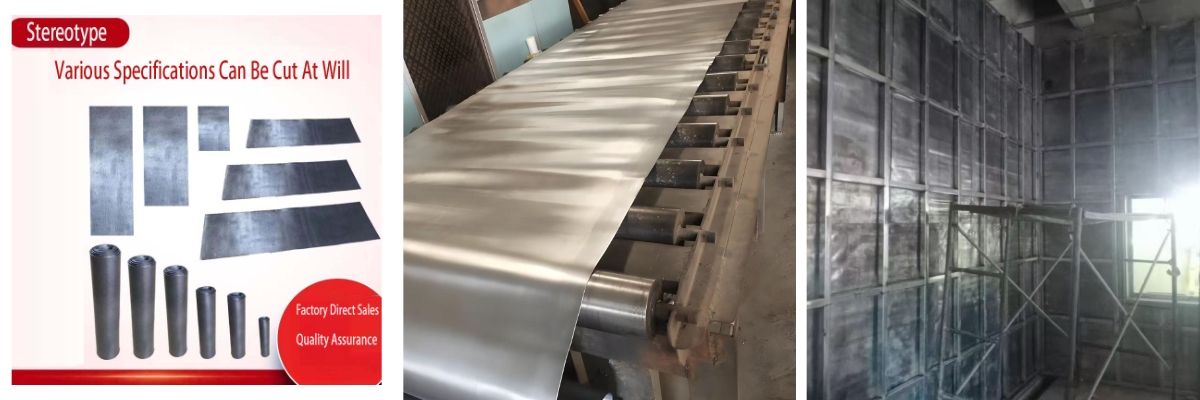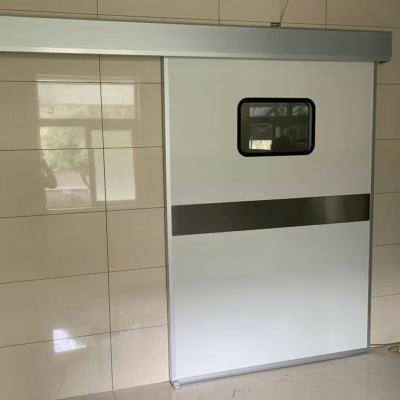Lead Sheet Size
Absolute protection: density up to 11.34g/cm³, X/γ-ray shielding rate> 99% (especially good at high-energy rays above 300kV), lead equivalent accurate 1:1.
Ultra-thin and space-saving: 1-3mm thickness can meet the protection requirements, greatly saving the effective area of the building.
Flexible and easy to construct: can be bent and cut, fit complex structures (pipeline/equipment wrapping), support welding and sealing without leakage.
Stable and durable: corrosion-resistant, non-aging, service life of more than 30 years, maintenance cost close to zero.
High cost performance: low unit protection cost, 100% of waste lead can be recycled.
Lead plate product core positioning
Lead plate is the ultimate radiation protection material rolled from high-purity electrolytic lead (≥99.99%). With its ultra-high density of 11.34g/cm³ and atomic number advantage (Z=82), it has become an irreplaceable solution for shielding high-energy X/γ rays and neutron flow. It is especially suitable for places with extremely strict requirements on protection level, such as nuclear power plants and radiotherapy centers.
1. Core advantages
Absolute protection performance
Full spectrum high-efficiency shielding: The shielding rate of 10keV-10MeV rays (especially high-energy γ rays above 300kV) is >99%, and 1mm thickness is equivalent to 1mmPb lead, which is better than composite materials.
Neutron flow protection: Neutron radiation can be effectively slowed down by the composite cadmium layer, which is used in key areas of nuclear reactors.
Space and construction revolution
Ultra-thin space saving: 1-3mm thickness meets the needs of most scenarios (such as CT room walls only need 2mm), saving more than 90% space compared to concrete walls.
Flexible and easy to process: can be cold-bent to fit pipes and equipment (minimum bending radius ≥ 5 times the plate thickness), supports shearing, welding, and seamless splicing.
Hundred-year stability
Acid and alkali corrosion resistance (the surface can be coated with epoxy resin for enhancement), anti-aging, service life > 50 years, almost zero maintenance.
100% of waste lead is recycled and reused, and the long-term cost is lower than that of composite materials.
2. Typical application scenarios
Medical field:
• Radiotherapy room wall/protective door (2-3mm)
• CT machine shielding fence, nuclear medicine isotope storage cabinet (joints need lead tape to seal)
Nuclear industry field:
• Nuclear waste transport container lining (50-200mm composite layer)
• Hot room observation window, reactor neutron moderation layer (neutron protection needs cadmium doping)
Industry and scientific research:
• Industrial flaw detection room accelerator shield (3-10mm customized)
• High energy physics laboratory beam line protection (≥99.995% high purity lead anti-activation required)
Civil field:
• Basement anti-radon radiation wall (0.5-1mm covered on the inside)
• Data center electromagnetic shielding layer
3. Key parameters and construction points
Technical specifications
Material: National standard GB/T 1470-2020 stipulates that the lead purity is ≥99.99% (99.994%+ for medical use)
Density: 11.34g/cm³ (20℃)
Regular size: thickness 1-10mm (customizable to 50mm), standard board 1000×2000mm
Professional construction requirements
Installation basis: the wall surface is flat and free of sharp objects, and the wooden/light steel keel is supported and fixed;
Sealing core:
The joints are double sealed with lead tape + lead nails
Stepped overlap of door and window openings (overlap ≥100mm)
Pipeline perforations are filled with lead casing + lead putty;
Surface protection: Cover with gypsum board or apply protective paint to prevent physical damage.
Safety warning
Operation requires wearing a lead dust mask, and forced ventilation in the cutting area;
Waste lead plates must be handed over to authorized recyclers for disposal (random discard is strictly prohibited).
Summary of irreplaceability: In high-energy radiation scenarios such as medical radiotherapy and nuclear industry, lead plates have extreme protection, spatial efficiency and extreme stability, and there is still no material that can completely replace them.















